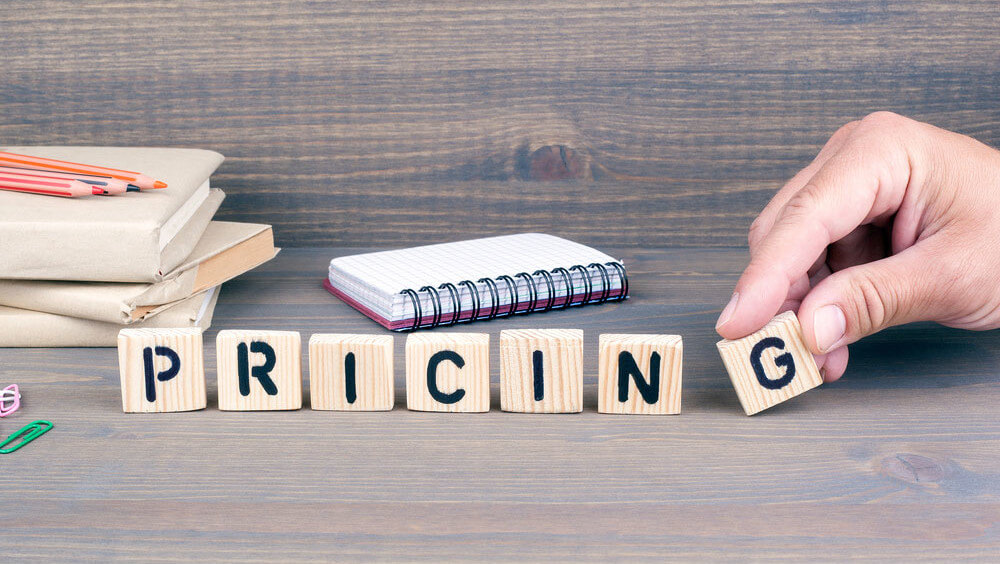Setting an operating budget for the coming year can feel like a wild guessing game for hoteliers.
NB: This is an article from RoomPriceGenie, one of our Expert Partners
Subscribe to our weekly newsletter and stay up to date
Market conditions can change quickly, affecting a property’s performance in ways you didn’t see coming and catching you unprepared.
But here’s the good news: you can stay ahead of the curve by producing room revenue forecasts and regularly updating them throughout the year.
Forecasts will alert you to future periods when your property isn’t on track to meeting budget targets while there’s still time to remedy the shortfall. They will also flag periods of unexpectedly high demand when you can increase pricing and earn more revenue.
In this article, we’ll answer key questions owners and operators of independent hotels have about room revenue forecasting. We’ll explain how to use forecast insights to optimize pricing and inventory, improve operational planning, and not just meet budget targets but exceed them.
Benefits of Forecasting
Forecasting is about more than just crunching numbers. It’s about painting a clear picture of what’s ahead to make smarter decisions throughout the hotel. This includes decisions made by the sales, marketing, and revenue management team, at the front desk, in housekeeping and food & beverage, and in finance and human resources.
Here’s why forecasts are so invaluable:
- Stay ahead of the game: Anticipate future business and cash flow.
- Spot trends early: Identify periods of unexpectedly high or low demand.
- Fine-tune pricing: Adjust pricing based on demand to maximize revenue.
- Be proactive: Enhance sales, marketing, and revenue strategies.
- Hit your targets: Ensure the property is on track to meet budget goals.
- Optimize resources: Improve efficiencies in hiring, training, and scheduling.
- Plan ahead: Anticipate future needs for equipment, food & beverage, and supplies.
Main Types of Hotel Forecasts
Hotels produce various forecasts for different purposes, but when it comes to room revenue there are two main types:
- Occupancy forecast. This forecast projects the number of rooms to be occupied each day over a future period, typically a month, along with ADR and RevPAR. It’s used primarily for operational planning.
- Demand forecast. This forecast projects the number of rooms that could be sold each day based on current pricing and demand if room capacity were unlimited, along with ADR, RevPAR, and revenue. It’s used to guide revenue management strategies and marketing campaigns.
In this guide, our focus is on room revenue forecasts. However, hotels also prepare financial forecasts for each department and for the property overall, using occupancy forecasts as a baseline to project income, expenditures, and profitability.
Preparing a Forecast
At the beginning of the year, hotels typically use the budget numbers as the foundation of the forecast. Over the course of the year, the numbers are adjusted and fine-tuned as the monthly actuals roll in and future projections change.
Using a spreadsheet or forecasting software, the hotel predicts the expected number of occupied rooms (or demand) on each day of the month, as well as the ADR and RevPAR. Monthly budget numbers and the previous year’s actuals are also displayed, showing variances for comparison purposes.
Ideally, the forecast will be updated once per week to ensure it reflects the latest conditions. When preparing and updating a forecast, here are some key factors to consider:
- Historical data: The hotel’s performance from the previous year (or two years), as well as more recent trends.
- Market conditions: Events, citywide compression, competitor behavior, weather, etc.
- Travel trends: Booking patterns, rate resistance, cancellations, and related trends.
- Current bookings: Rooms on the books and the booking pace.





